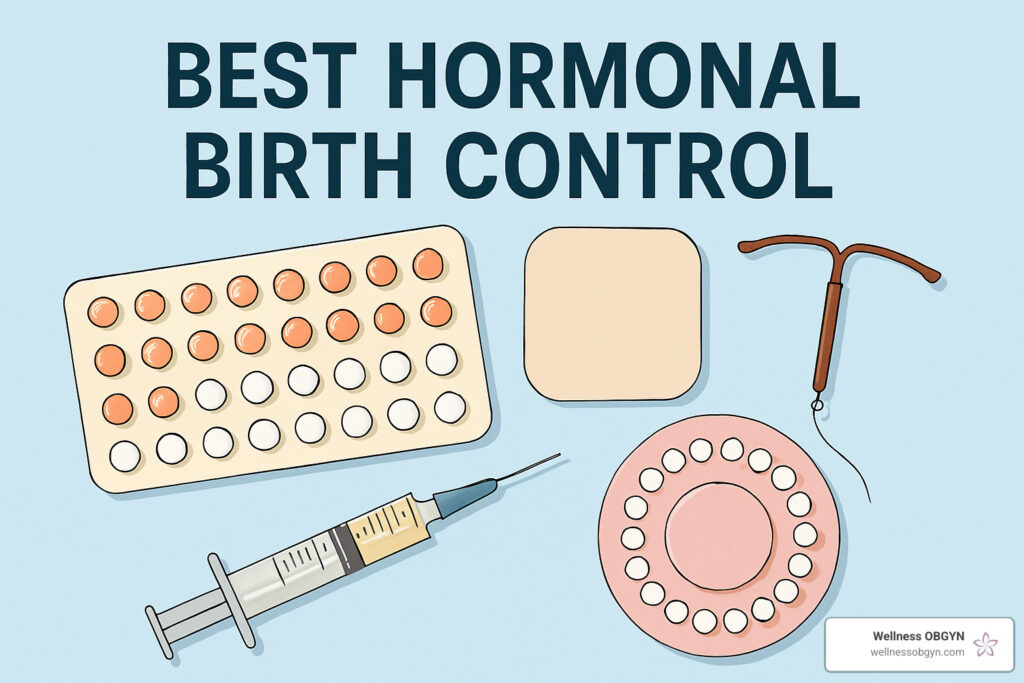Birth control implants provide a long-lasting method of contraception. A small, flexible rod is placed under the skin of the upper arm by a gynecologist, where it steadily releases a hormone. This method can prevent pregnancy for up to three years while allowing a quick return to fertility once removed. Here are a few ways that birth control implants work, and what they are:
Implants Help Control Fertility
The birth control implant is a small, thin rod, roughly the size of a matchstick, placed under the skin of the inner upper arm by a gynecologist. It releases a steady dose of the hormone progestin into the bloodstream. This hormone prevents pregnancy through multiple mechanisms and provides continuous, long-term contraception without daily attention.
Progestin stops ovulation, so no egg is released from the ovaries. It thickens cervical mucus, creating a barrier that makes sperm less likely to reach an egg. The hormone also changes the lining of the uterus, reducing receptivity to a fertilized egg. The implant can remain effective for up to three years and can be removed if pregnancy is desired.
Insertion and Removal Process
A gynecologist performs the implant procedure in the office. With a special applicator, they will place the implant just under the skin, and the procedure takes only a few minutes. Mild pinching or stinging may occur, but the process is generally well-tolerated. Removal is also done in the office, with the area numbed, a small incision made, and the implant extracted. A new implant can be inserted at the same time if continued contraception is desired.
Benefits of an Implant
Birth control implants come with several advantages. Many women choose them for their convenience and effectiveness. Once the implant is in place, you don’t need to think about it daily.
- High Effectiveness: Implants are one of the most effective forms of birth control available.
- Long-Lasting: A single implant can prevent pregnancy for up to three years.
- Reversible: If you decide you want to become pregnant, you can have the implant removed. Your fertility typically returns to normal quickly after removal.
- Convenience: There are no daily pills to remember or regular shots to schedule.
Possible Side Effects
Birth control implants can cause changes in menstrual bleeding patterns. Some women notice lighter periods or no periods at all, while others experience irregular, longer, or more frequent bleeding. These variations are commonly reported among implant users. Observing how your cycle responds over time might help you understand what is typical for you.
Other possible effects include headaches, mood shifts, acne, or slight weight changes. These effects often become less noticeable with time. Conversations with a gynecologist can provide context and guidance about the implant. Understanding these patterns allows individuals to make informed choices about their contraception.
Talk with a Gynecologist Today
Choosing a birth control method is a personal decision, and a gynecologist can provide guidance about whether an implant may fit your needs. Implants are small, flexible rods placed under the skin of the upper arm that release a hormone to prevent pregnancy. They work by affecting ovulation, cervical mucus, and the uterine lining, providing long-term contraception for up to three years. Learning more about how implants function can help you make an informed decision about this option.

